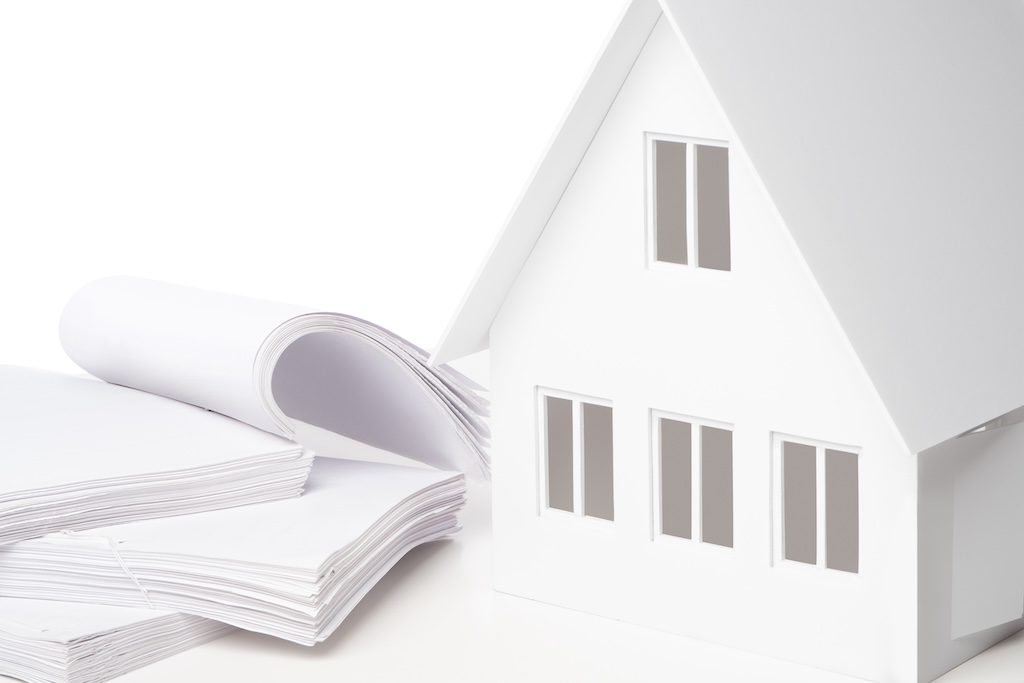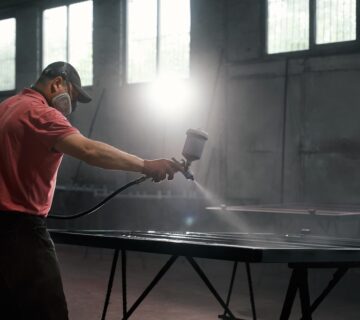When planning a painting project for your home, one of the key considerations is the cost. Understanding the difference in expenses between exterior and interior painting can help you budget effectively and make informed decisions. While both types of painting projects enhance the aesthetic appeal of your home, they vary significantly in terms of labor, materials, and overall costs. This blog offers a comprehensive comparison of exterior versus interior painting costs, outlining the various factors that contribute to these expenses. A clear understanding of these differences not only aids in financial planning but also helps set realistic expectations regarding the scope and scale of the project.
Factors Influencing Painting Costs
Scale and Complexity
The scale and complexity of the project play a crucial role in determining the cost. Exterior painting typically involves a larger surface area and may require more extensive prep work due to exposure to the elements. Interior painting, while often involving smaller areas, can include intricate work like trim, doors, and cabinetry. The complexity of a job can also vary based on architectural features such as high ceilings or complex window designs, which require additional time and expertise. These factors collectively influence the duration and labor intensity of the project, impacting the overall cost.
Paint Quality and Type
The type of paint used for exterior and interior projects differs, impacting the cost. Exterior paint is formulated to withstand weather conditions and UV exposure and is generally more expensive than interior paint. Interior paint, on the other hand, is designed to be washable and resistant to staining, with a broader range of finishes. The selection of paint can also affect the number of coats required to achieve the desired result, which directly influences material costs. Moreover, specialty paints or finishes can further increase the budget, depending on the homeowner’s preferences.
Prep Work and Surface Repair
Prep work for exterior painting often includes power washing, scraping old paint, caulking, and priming, all of which add to the cost. Interior painting may require less intensive prep work, like patching holes and sanding, but can become more expensive if wallpaper removal or significant surface repair is needed. The condition of the surfaces to be painted is a major determinant of the prep work required; older homes might need more extensive prep to ensure a high-quality finish. This phase is crucial as it directly impacts the durability and appearance of the final paint job. Ignoring proper prep work can lead to premature paint failure and additional costs in the long run.
Labor Costs
Labor costs can vary significantly between exterior and interior painting. Exterior painting often requires specialized equipment such as ladders, scaffolds, or lifts, and can be more labor-intensive, especially for multi-story homes. Interior painting might be less physically demanding but requires a higher level of detail and finesse, especially in ornate or furnished spaces. The expertise and experience of the painters also play a critical role in determining labor costs. Professional painters might charge more, but their expertise often leads to quicker completion times and higher quality work.
Average Cost Comparison
Exterior Painting
The average cost of exterior painting can range widely depending on the home’s size, the number of stories, and the amount of prep work required. On average, homeowners might spend between $2,000 to $5,000 for a single-story home, with costs increasing for larger, multi-story homes. Factors like the type of siding, the complexity of the home’s design, and the quality of paint used also significantly affect the final price. It’s important to get multiple quotes to understand the potential cost range and ensure competitive pricing. The investment in exterior painting not only improves curb appeal but also provides a protective layer against environmental damage.
Interior Painting
For interior painting, costs are typically calculated per room or by square footage. On average, painting a single room can range from $500 to $1,000, with the price varying based on room size and complexity. A full interior repaint can range from $2,000 to $6,000, depending on the home’s size and the number of rooms. The cost can increase if high-quality, specialty paints are used or if the project includes detailed trim and molding work. Interior painting offers a cost-effective way to transform the look and feel of a home, making it a popular home improvement choice.
Additional Cost Considerations
Geographic Location
The location of your home can influence the cost of painting. Urban areas with higher costs of living typically see higher rates for painting services. Conversely, in rural areas, where the cost of living is lower, painting services may be more affordable. The availability of skilled labor and competition among service providers in different regions can also affect pricing. Understanding regional cost differences can be crucial for budgeting accurately.
Time of Year
Seasonality can affect painting costs, especially for exterior projects. Prices may be higher during peak season due to increased demand. In many regions, spring and summer are popular times for painting, leading to higher rates and longer wait times for services. Planning your painting project for the off-season might provide opportunities for discounts and quicker project starts. It’s also important to consider weather conditions, as they can impact the scheduling and completion of exterior painting.
Final Thoughts
Both exterior and interior painting projects add value and beauty to your home but come with different cost considerations. By understanding the factors that influence these costs, you can better plan and budget for your painting project. Comprehensive planning and budgeting are essential for ensuring that the project meets your aesthetic and financial expectations. Additionally, investing in quality materials and professional services can maximize the longevity and impact of your investment. Ultimately, a well-planned painting project not only enhances the visual appeal of your home but also contributes to its long-term maintenance and value. For more information on home painting and improvement, visit our website at sisupainting.com and explore our blog at sisupainting.com/blog.





No comment